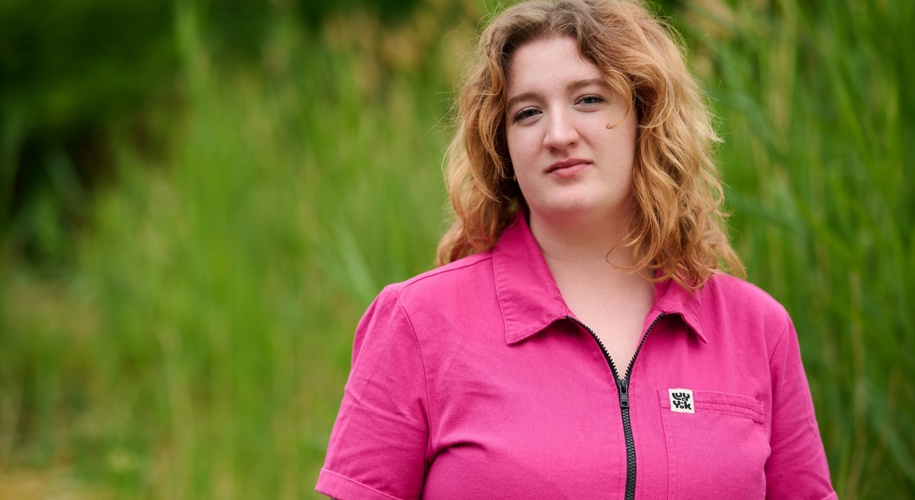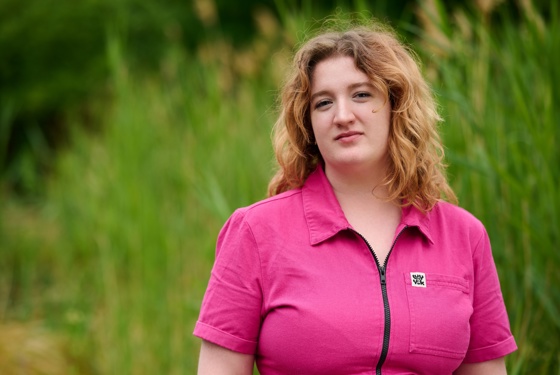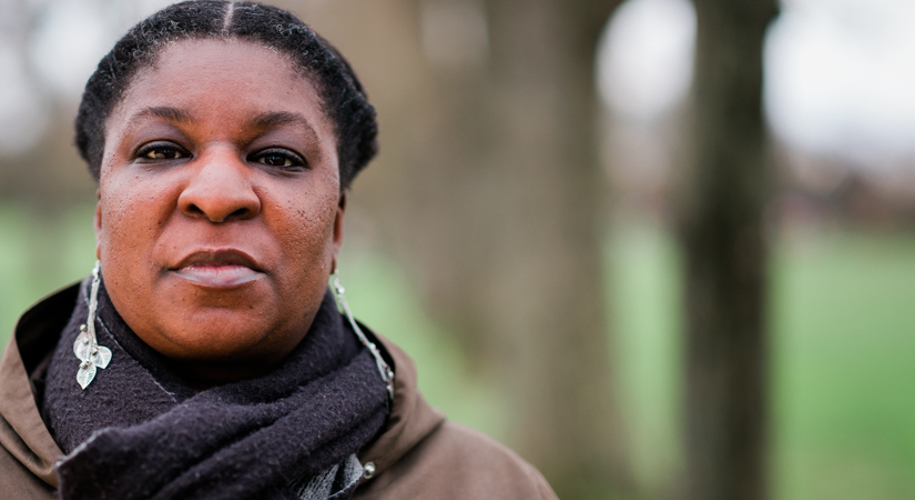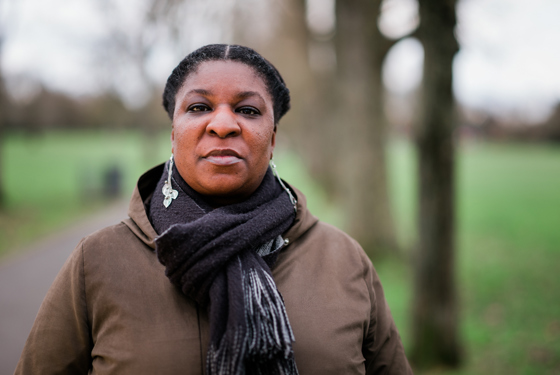Why waiting times matter
Long waiting lists in gynaecology have a profound impact on women and their families. Many women have told us that their physical and mental health has worsened whilst waiting for care, and that their condition and symptoms impact their work and social lives.
We also know gynaecology waiting lists are also impacting professionals across the health system, including many of our members. The current state of gynaecology waiting lists across the UK should concern all of us, especially as women, who make up 51% of the population of the UK, are being prevented from living full, healthy lives and reaching their potential.
Our role
The RCOG is committed to supporting policymakers across the UK to address gynaecology waiting times, so that all women, wherever they live, can access the high-quality and timely care they need. In our 2022 report, Left for too long, we highlighted the impact of gynaecology waiting lists on women and on the wider health system. We called for a shift in the way gynaecology was prioritised across the health service and for recognitions to be given to the impact of long waiting times on patients.
This year, we have undertaken research with women and people on gynaecology waiting lists and professionals across the health system to support our new report, Waiting for a way forward. Our new report builds on the findings of our Left for too long report, illustrating that waiting times for gynaecology have worsened in all parts of the UK, with women living in areas of higher deprivation often waiting the longest for treatment.
Key projects
Explore our work to understand the scale of the issue and the changes needed:


Waiting for a way forward
Following on from Left for too long, our 2024 report provides an up-to-date picture of the size, scale and nature of the waiting lists for elective gynaecology services across the UK.


Left for too long
In 2022, our Left for too long report documented a dramatic increase in gynaecology wait times since the pandemic, calling attention to the immediate need for action and government support.

